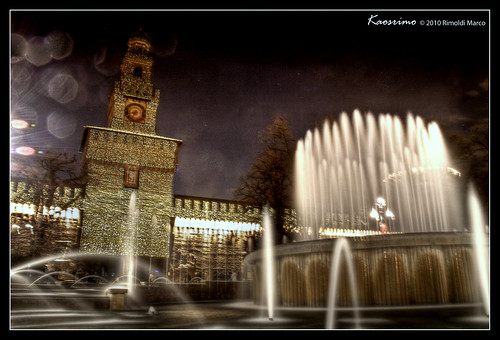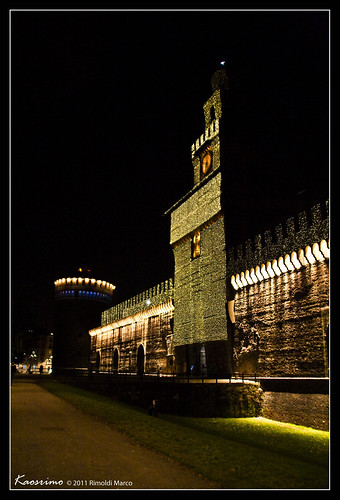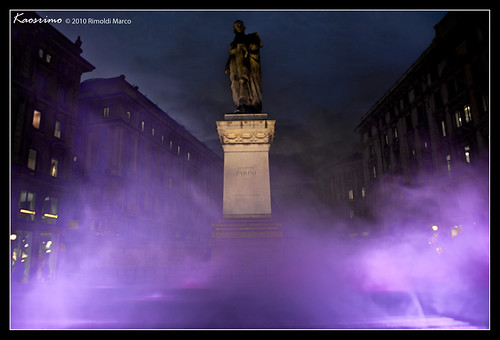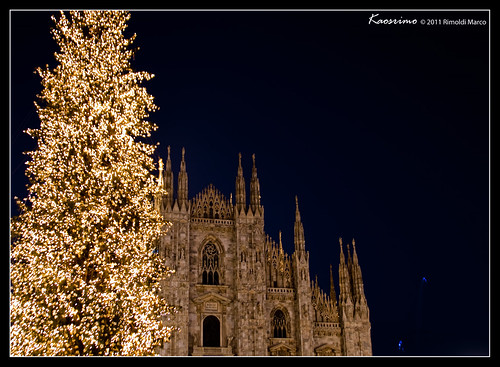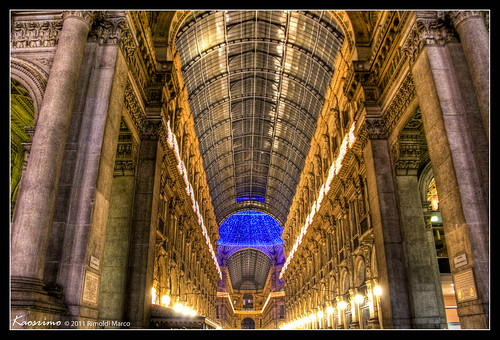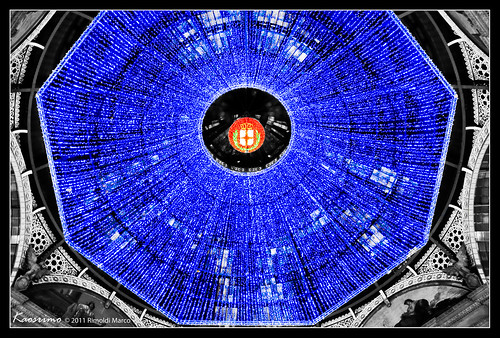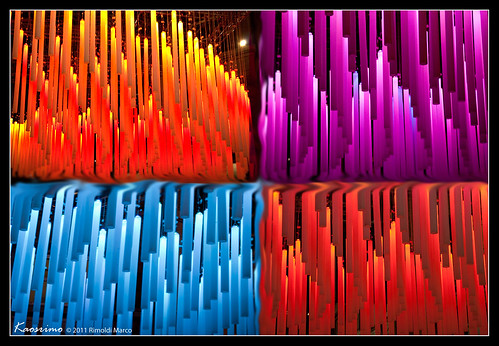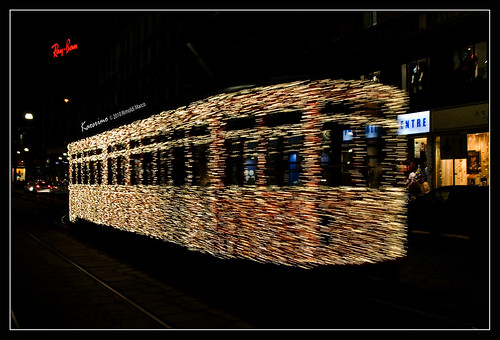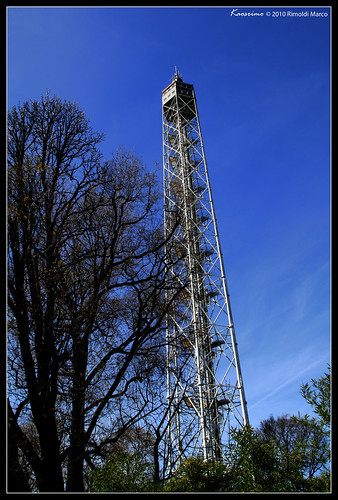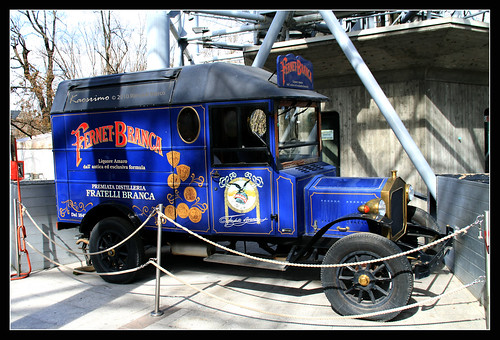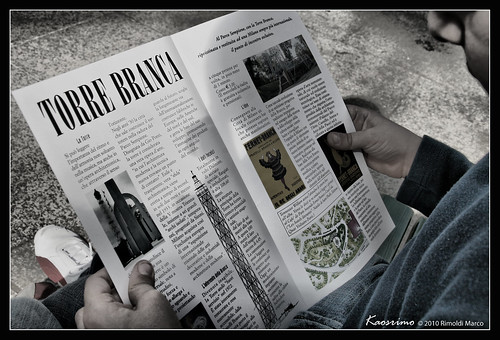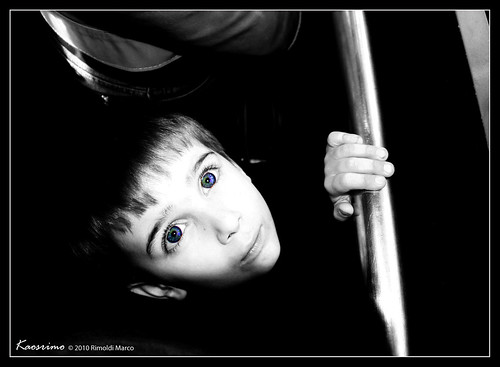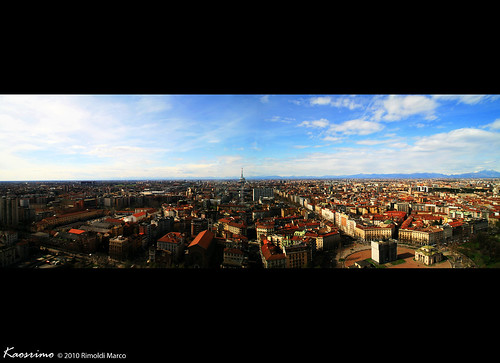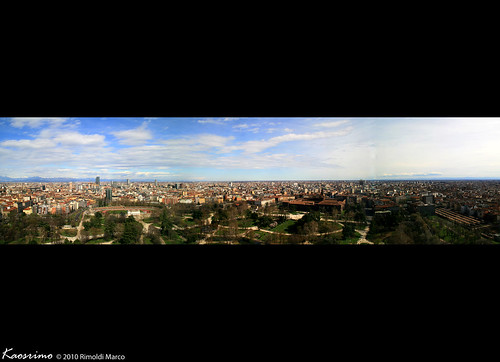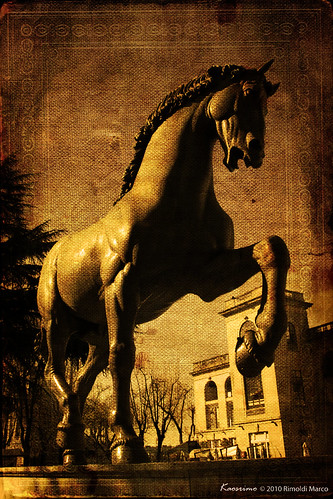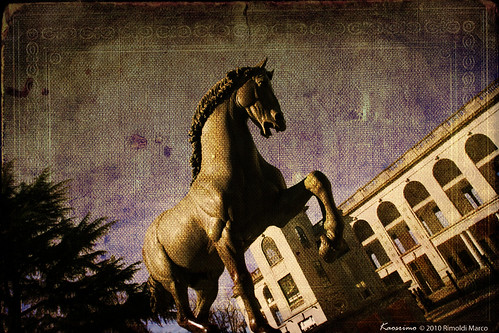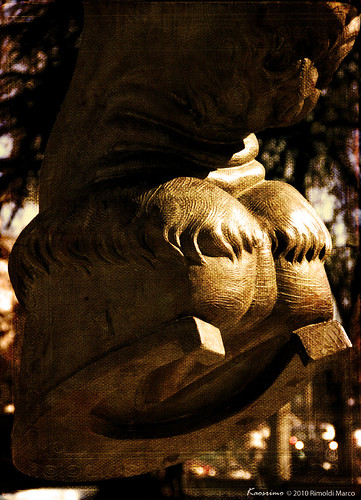| Nel frattempo il progetto era cambiato. Il cavallo rampante probabilmente creava eccessivi problemi di equilibratura. Inoltre il monumento venne ripensato di forme colossali, fino a quattro volte più grande del naturale. Un simile progetto, quindi, rese necessario ridisegnare il cavallo al passo, ed entro il maggio 1491 l'artista aveva approntato un nuovo modello in creta, in occasione del matrimonio della nipote del duca con l'imperatore d'Austria. Leonardo, con questo monumento, voleva realizzare un'opera che oscurasse tutte le precedenti statue equestri. A Leonardo interessava, in realtà, più il cavallo che il cavaliere; il suo cavallo doveva essere il più grande di tutti, superare i 7 metri di altezza, una sfida mai tentata prima. Proprio per questo Leonardo riempì fogli e fogli di schizzi di anatomia, studiando muscolatura e proporzioni del cavallo e passando moltissimo tempo a progettare e calcolare quest'opera gigantesca che, per la sua fusione, avrebbe richiesto ben 100 tonnellate di bronzo. Il colossale modello in creta venne esposto pubblicamente, nel 1493, suscitando l'ammirazione generale. A quel punto l'opera doveva solo essere ricoperta di uno spesso strato di cera e quindi della "tonaca" in terracotta, in cui versare il metallo fuso. Tutto era pronto per realizzare davvero l'opera, ma le 100 tonnellate di bronzo necessarie alla realizzazione del monumento non erano più disponibili, essendo state utilizzate per realizzare dei cannoni utili alla difesa del ducato d'Este dall'invasione dei francesi di Luigi XII. Leonardo abbandonò il progetto e partì da Milano. | Meanwhile, the project had changed. The prancing horse probably created excessive balancing problems. Moreover, the monument was redesigned four times larger than natural. A similar project, therefore, required to redesign the horse at a walk, by May 1491 the artist had developed a new model in clay, for the marriage of the grandson of the duke with the Emperor of Austria. Leonardo, with this monument, wanted to overshadows all the previous equestrian statues. Leonardo was more interested to the horse itself than to his rider. His horse had to be the greatest of all, more than 7 feet high, a challenge never attempted before. Precisely for this Leonardo filled sheets and sheets of sketches of anatomy, studying muscles and proportions of the horse and spent a lot of time to design and calculate this giant work. Its merger would have required as much as 100 tons of bronze.
The colossal clay model was exhibited publicly in 1493, arousing admiration. At that point the work had only to be covered with a thick layer of wax and then of a terracotta "habit", in which pour the molten metal. Everything was really ready to make the work, but the 100 tons of bronze needed for the construction of the monument were no longer available, having been used in the manufacture of the guns use in the defense of the duchy of Este from the invasion of Louis XII’s French Army. Leonardo abandoned the project and set out from Milan. |


